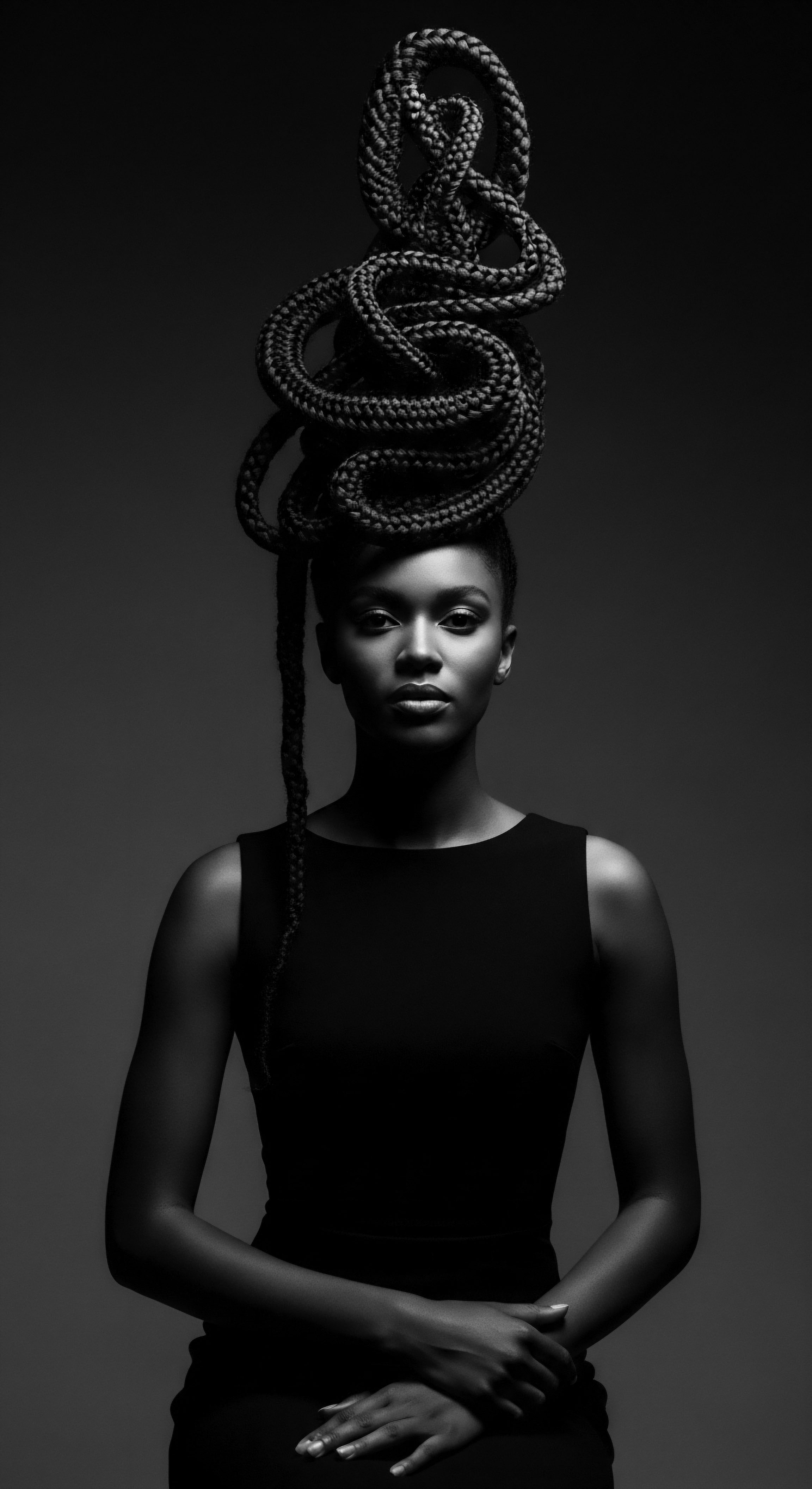
Roots
Have you ever truly considered the profound lineage held within each coil, each gentle wave, each resilient strand that crowns a textured head? It is a living archive, this hair of ours, a testament to journeys traversed, wisdom passed down, and identities preserved across millennia. To speak of ancestral hair practices, particularly those now finding echo within contemporary statutes, is to speak of the very pulse of heritage itself. It means acknowledging the deep, often unspoken, narratives etched into our follicular DNA, stories that challenge narrow definitions of beauty and professionalism, pushing instead for a broader understanding of human expression and belonging.
For too long, the inherent beauty and structural integrity of textured hair—from the tightest coils to the most luxuriant waves—faced systemic devaluation, a legacy rooted in colonial impositions and Eurocentric beauty standards. Yet, within communities of Black and mixed-race individuals, these hair traditions persisted, often thriving in quiet defiance, serving as vital cultural markers and sources of communal strength. The very fibers of our hair, genetically predisposed to diverse curl patterns and greater density, whisper tales of adaptability and strength, demanding recognition for their unique biological make-up and the rich historical tapestry they represent.

Anatomy of Heritage Strands
At its fundamental level, textured hair possesses a singular architecture. Unlike straight hair, which typically boasts a circular cross-section, coily and curly strands are often elliptical or flattened, a shape that encourages their characteristic helical growth. This structural variance leads to points of natural fragility at the bends and curves of the helix, rendering these strands more prone to dryness and breakage if not handled with discerning care.
Ancient wisdom, honed through generations of empirical observation, understood these nuances long before microscopes revealed cellular truths. These foundational insights informed meticulous routines designed to fortify, moisturize, and protect, rituals often passed silently from elder to youth.
Consider the hair follicle itself, a tiny crucible of creation nestled beneath the scalp’s surface. In textured hair, these follicles are often curved, directing the hair shaft to grow in a spiral. This anatomical particularity contributes to the hair’s coiled form, creating a natural inclination for volume and intricate patterns.
Our modern scientific instruments merely confirm what ancestral hands and eyes perceived ❉ a hair fiber that thrives on thoughtful engagement, that welcomes protective styling and moisture, and that flourishes when its natural inclinations are honored. This scientific validation, however, is not a new discovery; it is a re-discovery, a contemporary lens applied to time-honored truths.
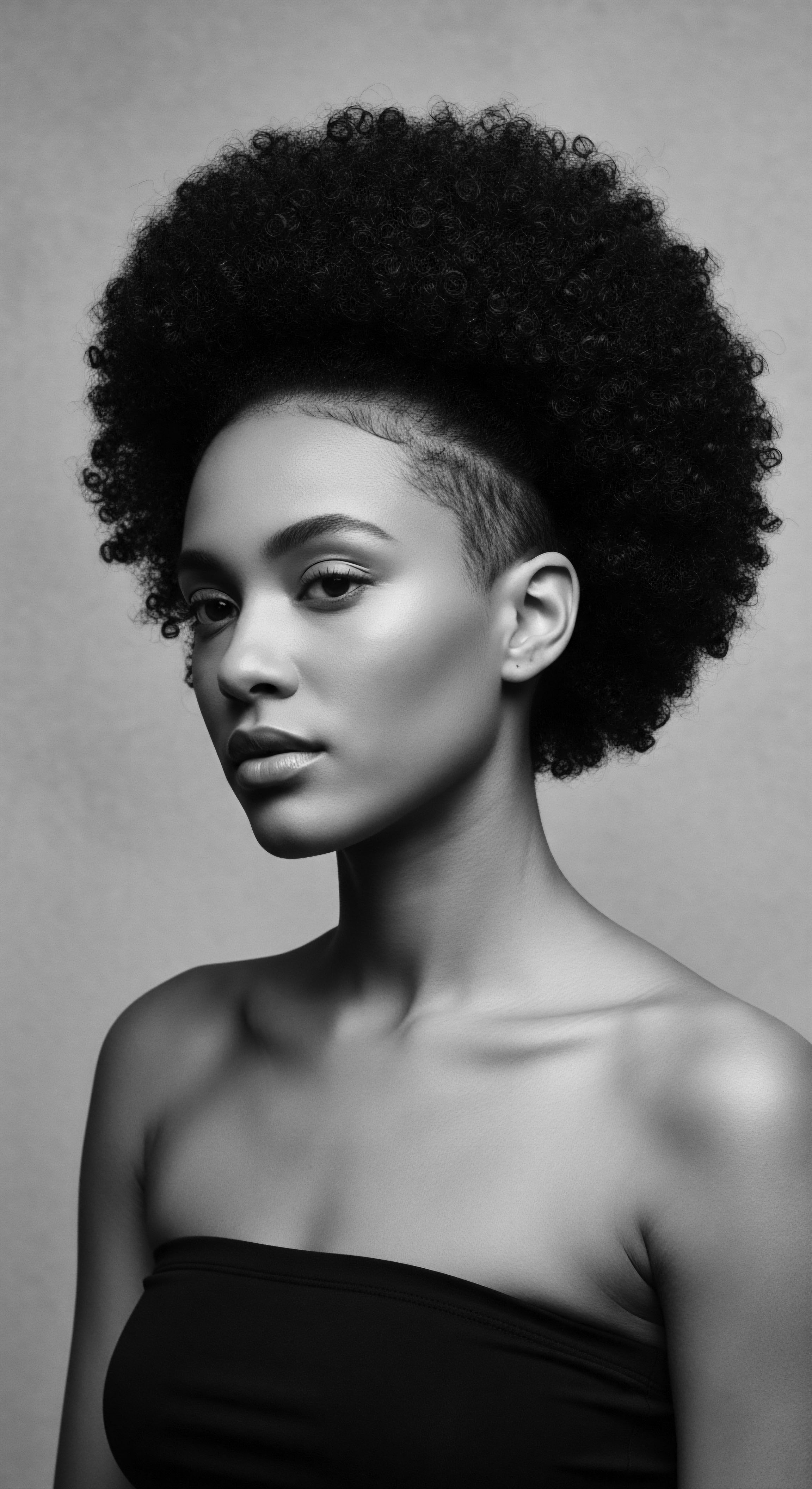
Cultural Classifications and Hair’s Deep History
The classifications we use for textured hair today, while seemingly modern, inadvertently carry echoes of historical biases. Systems categorizing hair by curl pattern, from Type 3 to Type 4, while useful for product guidance, sometimes fall short of capturing the immense diversity within Black and mixed-race hair. Moreover, they often omit the cultural and spiritual significance that hair has held for countless generations. In many ancestral African societies, hair was a direct conduit to identity, status, marital state, spiritual beliefs, and even tribal affiliation.
The intricacy of a braided style, the purposeful design of locs, or the majestic volume of an Afro conveyed messages without uttering a single word. These forms were not arbitrary choices; they were profound statements of belonging and heritage.
The story of textured hair is an intimate chronicle of human endurance, cultural artistry, and an ongoing quest for inherent dignity.
For instance, in West African cultures, specific hairstyles often indicated social hierarchy or age. The Mende people of Sierra Leone, for example, used intricate braiding patterns to signify a woman’s age and marital status (Kreamer, 2017). These styles were not merely aesthetic; they were living forms of communication, integral to social fabric.
The systematic suppression of these expressions during the transatlantic slave trade aimed to dismantle identity, yet the practices, though often driven underground, survived. This historical context underpins the contemporary struggle for recognition ❉ what was once an expression of identity and spiritual connection became, under oppression, a symbol of resistance, and now, a reclaimed symbol of pride.
| Ancestral Practice Protective Styling (braids, locs, twists) for health & identity |
| Contemporary Statutory Link The CROWN Act explicitly protects these styles from discrimination. |
| Ancestral Practice Hair Adornment & Rituals (head wraps, specialized oils) |
| Contemporary Statutory Link Indirectly supported by broader anti-discrimination based on cultural expression. |
| Ancestral Practice Natural Hair State (unaltered texture for identity) |
| Contemporary Statutory Link CROWN Act includes "hair texture" as a protected characteristic. |
| Ancestral Practice Contemporary statutes like the CROWN Act serve as vital bridges, connecting historical practices to modern legal protections for textured hair. |

Ritual
The ritual of hair care, for those with textured hair, transcends mere hygiene. It is a ceremony, a moment of connection to a heritage that speaks of resilience and careful cultivation. From the preparation of oils and butters by hand in ancestral communities to the meticulous sectioning and styling of today, each step carries the weight of generations.
This deep-seated connection to traditional methods, often emphasizing gentle handling, moisture retention, and minimal manipulation, forms the bedrock of holistic hair wellness. Understanding this historical continuum is vital when exploring how these practices are now, belatedly, finding their place within the framework of contemporary statutes.
The journey of legal recognition for ancestral hair practices is particularly exemplified by the CROWN Act . This legislation, whose acronym stands for Creating a Respectful and Open World for Natural Hair, began as a movement to challenge discriminatory policies against natural hair textures and protective styles. Its origins trace back to widespread instances of Black individuals facing adverse consequences in schools and workplaces simply for wearing hairstyles inherent to their racial or cultural identity.
These styles—locs, braids, twists, Bantu knots, and Afros—are not simply fashion choices; they are expressions deeply entwined with centuries of cultural meaning and practicality. The CROWN Act directly addresses this, redefining race in anti-discrimination statutes to include traits historically associated with race, hair texture, and protective hairstyles.

Protective Styling as Ancestral Blueprint
Protective styles stand as a testament to ancestral ingenuity, a wisdom born from a deep understanding of textured hair’s needs. These styles—braids, cornrows, twists, and locs—shield delicate strands from environmental aggressors, reduce daily manipulation, and aid in length retention. Their existence predates formal scientific studies, yet modern trichology increasingly affirms their benefits for hair health. In many African cultures, specific braiding patterns served as identifiers of one’s lineage, tribe, or even readiness for marriage.
These styles were not just aesthetic; they were functional, social, and spiritual. The legal protection these styles now receive is a recognition of this enduring heritage, a validation of practices that have guarded both hair and identity for generations.
The CROWN Act acknowledges a fundamental truth ❉ hair is not just hair; it is an extension of identity and a living cultural legacy.
Consider the case of Chastity Jones in 2011, whose job offer was rescinded because she refused to cut her locs, which the employer deemed unprofessional. While earlier court rulings often failed to extend Title VII protections to hairstyles, considering them mutable, this case highlighted the urgent need for a more comprehensive legal understanding. The push for the CROWN Act gained momentum from such experiences, demonstrating that hair discrimination is, in essence, race discrimination. The Act, therefore, does not just protect a style; it protects a cultural practice and an inherent racial characteristic .
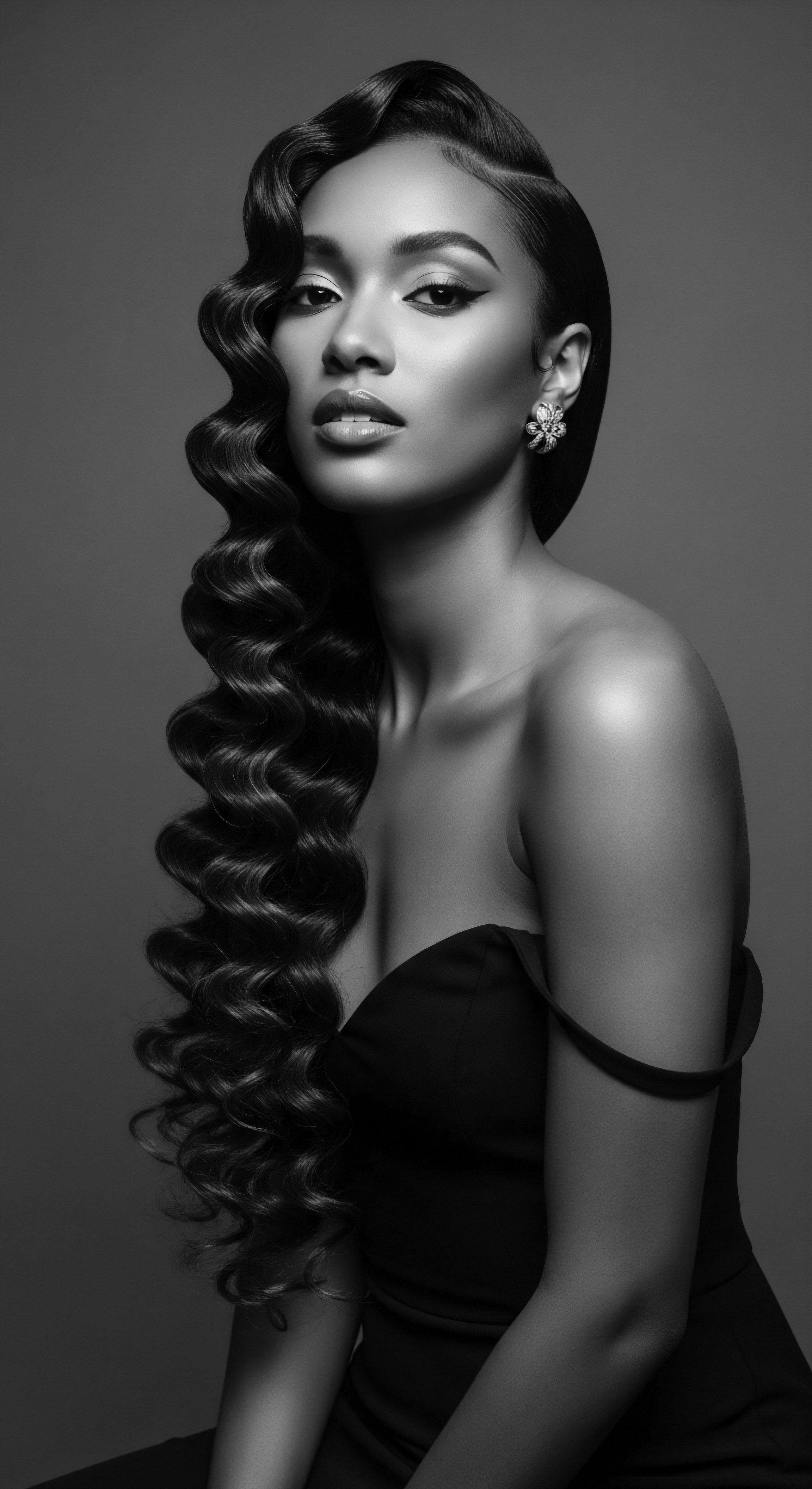
Traditional Ingredients and Modern Sensibilities
The ancestral regimen often centered on locally sourced, natural ingredients—shea butter, various oils like castor and palm, and herbal infusions. These elements provided nourishment, moisture, and protection, fostering hair strength long before chemical formulations dominated the market. The CROWN Act, while focused on legal protections for hairstyles, indirectly validates the natural state of textured hair, which often thrives with these traditional, gentle care methods.
Policies that historically pressured individuals to straighten their hair often led to the use of harsh chemical relaxers, products now linked to various health concerns, including uterine fibroids and even an increased risk of uterine cancer. This contemporary understanding of the health implications associated with altering natural hair further underscores the wisdom embedded in ancestral practices that prioritize the hair’s natural state and holistic wellness.
- Shea Butter ❉ A rich emollient traditionally used across West Africa for moisturizing and sealing hair, offering protection against dryness.
- Castor Oil ❉ Widely used for scalp health and hair strength, particularly in Caribbean and African diaspora communities, reflecting ancient wisdom on hair growth.
- Herbal Infusions ❉ Leaves, barks, and roots brewed into rinses or pastes for cleansing, conditioning, and scalp treatments, connecting to traditional herbalism.
The recognition of ancestral practices through contemporary statutes like the CROWN Act signifies a societal shift. It acknowledges that what was once dismissed as “unprofessional” or “distracting” is, in fact, a deeply meaningful and healthful expression of cultural heritage. It is a legal acknowledgment of the intrinsic link between hair and identity, particularly for Black and mixed-race individuals, affirming their right to express their heritage without fear of discrimination.
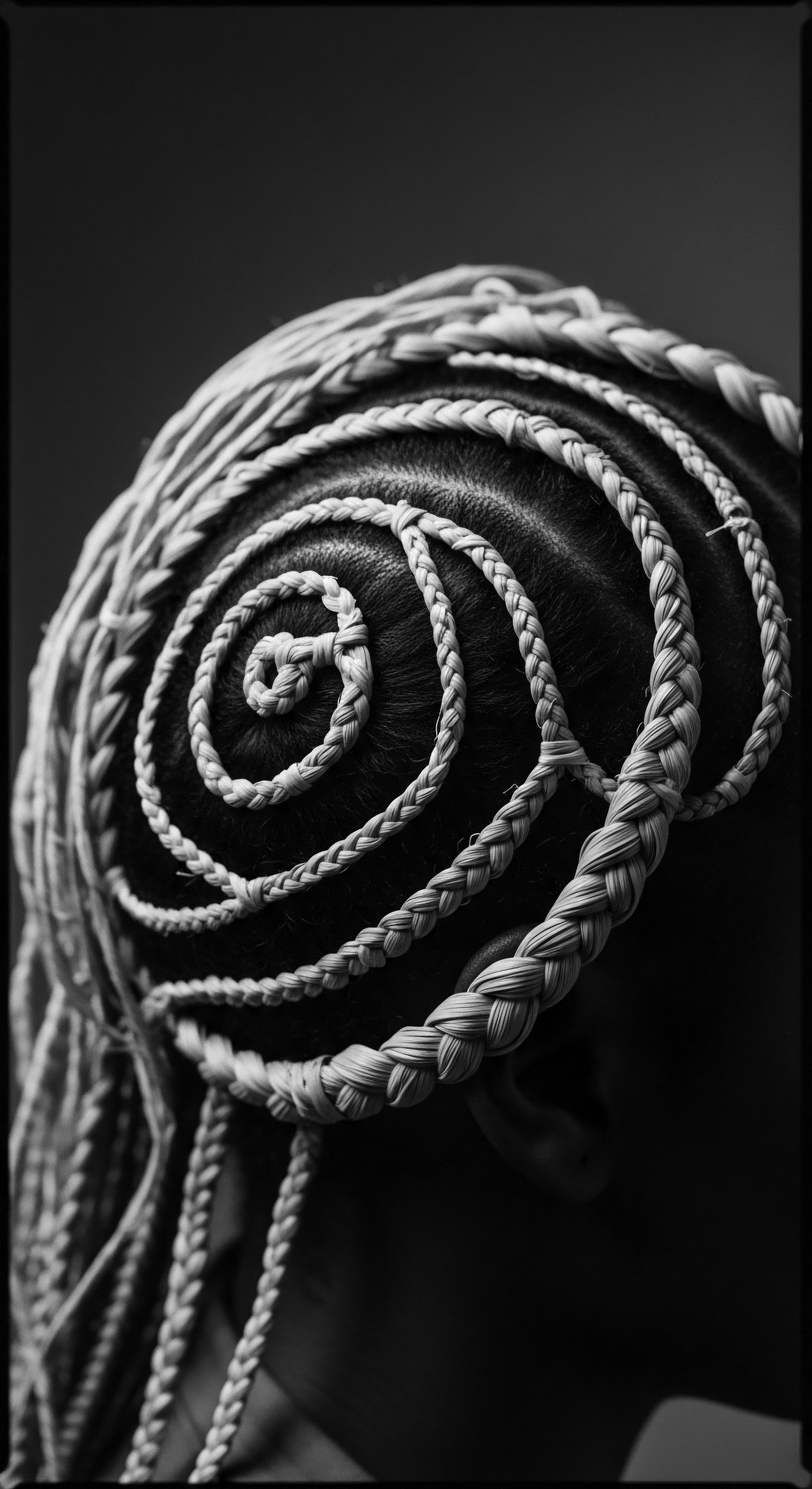
Relay
The struggle for ancestral hair practices to gain legal recognition is a continuous relay, a passing of the baton from generations who silently endured to those who now vocally demand equity. This dynamic interplay between historical resistance and contemporary legal frameworks offers a profound insight into the enduring power of cultural identity. Understanding the complexities of this movement requires a deep appreciation for the sociological underpinnings of hair discrimination and the precise mechanisms by which contemporary statutes seek to dismantle it. The CROWN Act, a beacon in this relay, signifies a deliberate effort to correct historical injustices and secure a respectful present and future for textured hair heritage.
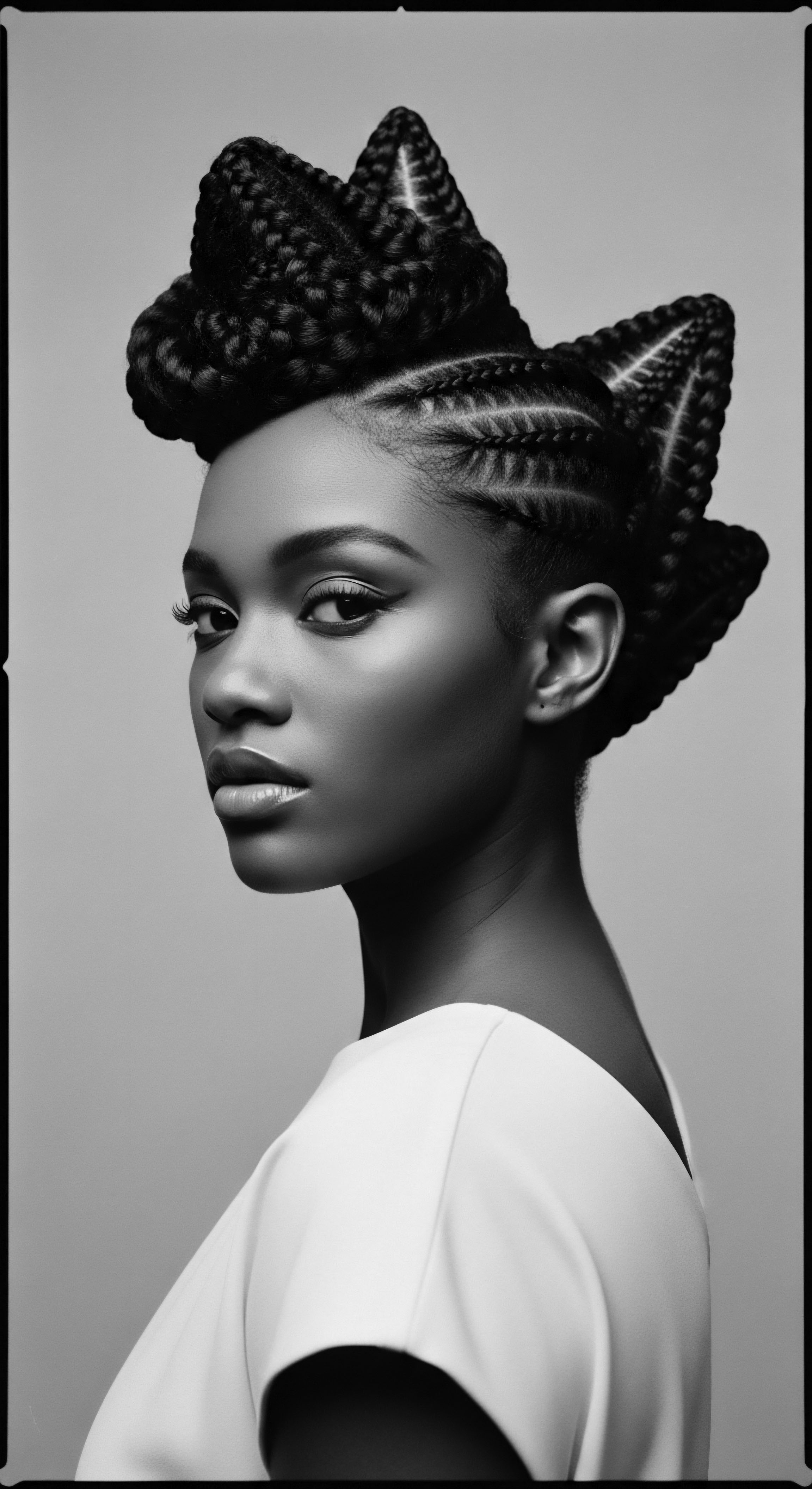
How Did Legislation Recognize Ancestral Hairstyles?
Legislation such as the CROWN Act has recognized ancestral hairstyles by expanding the legal definition of race to explicitly include hair texture and protective styles. Prior to these laws, federal anti-discrimination statutes often focused on immutable characteristics, leaving hairstyles open to interpretation as changeable aspects of appearance. This loophole allowed for policies that, while seemingly neutral, disproportionately harmed Black individuals. The CROWN Act closes this gap by stating that discrimination based on hair texture or styles like locs, braids, twists, Bantu knots, and Afros, is a form of race discrimination.
California became the first state to pass the CROWN Act in 2019, extending protection under its Fair Employment and Housing Act and Education Code. Since then, over two dozen states and numerous localities have followed suit, with ongoing efforts to enact federal legislation.
This legal evolution stems from a clear understanding that hair discrimination is not an isolated incident of aesthetic preference. It is deeply rooted in systemic racism, serving to preserve Eurocentric standards of appearance within professional and educational settings. Policies demanding individuals straighten or alter their hair often force Black people to choose between their economic livelihood or educational opportunities and their cultural identity and hair health.
A 2020 Harvard University study, for instance, found that some hair products used to conform to Eurocentric standards contain chemicals linked to serious health issues, including diabetes and cardiovascular disease. This highlights the severe and often unacknowledged health toll of conforming to discriminatory norms.
| Year 1976 |
| Key Event Jenkins v. Blue Cross Mutual Hospital Insurance allows race discrimination lawsuit against employer for Afro bias. |
| Significance for Heritage Early legal challenge to Eurocentric beauty standards, setting a precedent for natural hair protection. |
| Year 2011 |
| Key Event Chastity Jones job offer rescinded for locs. |
| Significance for Heritage Highlighted the continued vulnerability of protective styles under existing law, fueling advocacy for comprehensive legislation. |
| Year 2019 |
| Key Event California passes the CROWN Act. |
| Significance for Heritage Landmark legislation explicitly protecting hair texture and specific protective styles, a major victory for textured hair heritage. |
| Year 2022 |
| Key Event U.S. House of Representatives passes federal CROWN Act (later stalled in Senate). |
| Significance for Heritage Demonstrated growing national recognition of the issue and the collective call for broader protection for diverse hair expressions. |
| Year The legislative journey underscores a protracted battle for the legal recognition of diverse hair textures and cultural practices. |
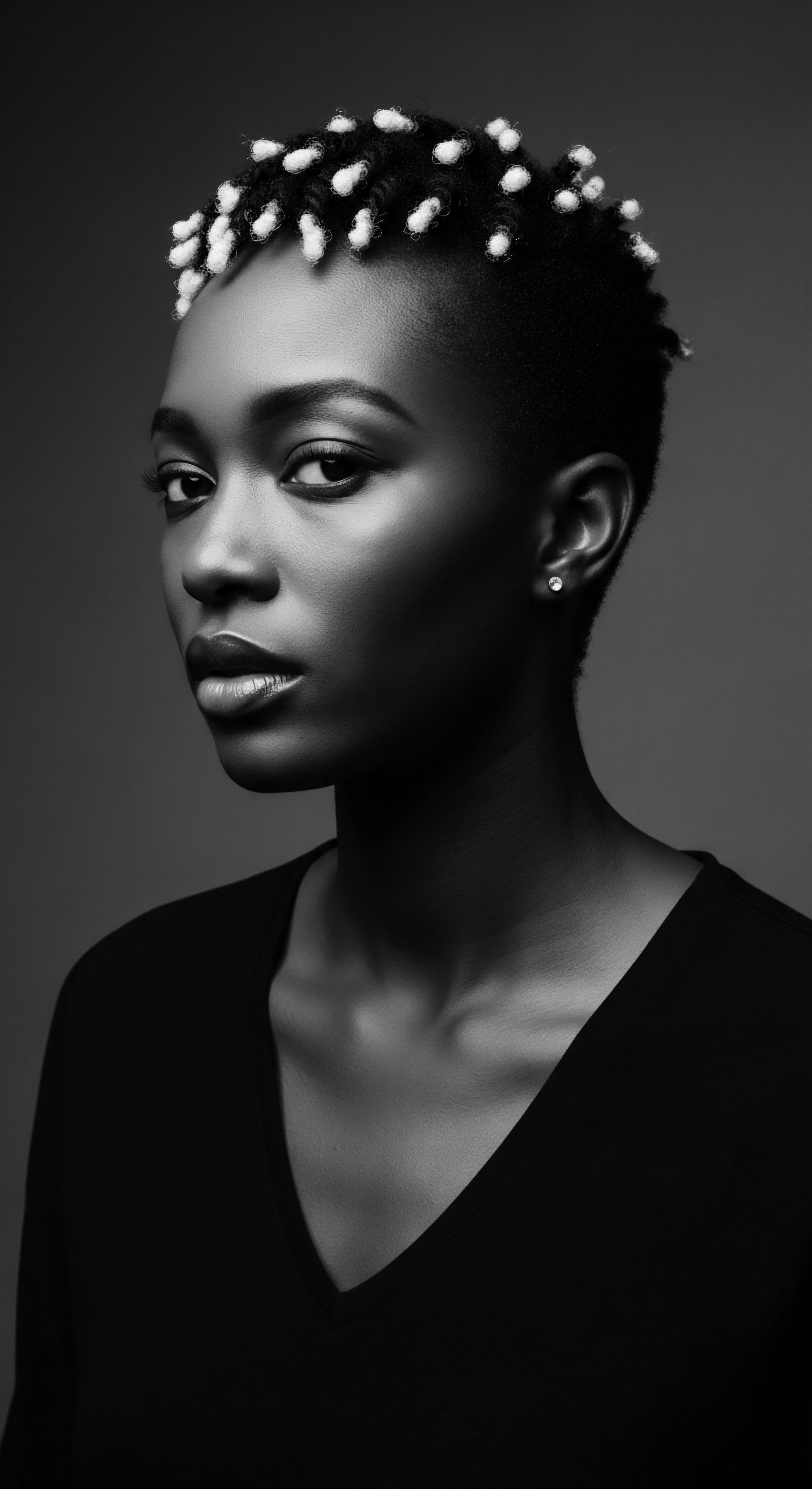
The Sociological Weight of Hair Discrimination
The effects of hair discrimination extend far beyond individual instances of rejection; they exert a profound sociological toll. Research by the CROWN Coalition and Dove, as part of their 2019 CROWN Research Study, revealed that 80% of Black women felt a compulsion to straighten their hair to integrate into the workplace, with Black women being 1.5 times more likely to be sent home from work because of their hair. This statistic illuminates a pervasive pressure to conform to Eurocentric beauty standards, a pressure that undermines both self-esteem and economic opportunity. It reinforces an unspoken caste system where the inherent characteristics of Black hair are deemed “unprofessional” or “unruly,” perpetuating harmful stereotypes.
This systemic bias has a documented impact on educational pathways as well. Black students have been disciplined, removed from classrooms, or even denied participation in extracurricular activities because of their natural hair or protective styles. Such policies, often disguised as “neatness” or “grooming” standards, are, at their core, discriminatory, presuming that culturally significant styles are inherently disorderly. This form of policing Black identity denies students valuable instructional time and contributes to feelings of alienation, disrupting their connection to their own cultural heritage .
- Locs ❉ A symbol of spiritual identity and cultural pride across many African and Afro-diasporic communities, rooted in ancient traditions.
- Cornrows ❉ Intricate braided patterns, often serving as artistic expressions, historical maps, or indicators of community belonging.
- Afros ❉ A powerful statement of natural beauty and Black liberation, particularly prominent during civil rights movements, signifying pride in one’s natural texture.
The CROWN Act stands as a significant milestone, a legislative affirmation that ancestral hair practices are not mere appearance choices, but protected facets of racial and cultural identity. It sends a clear message that societal standards of professionalism and beauty must evolve to be truly inclusive, honoring the diverse heritage that enriches the global tapestry. The ongoing fight for federal passage of the CROWN Act continues this relay, aiming for universal protection and a future where textured hair, in all its ancestral forms, is celebrated without reservation.
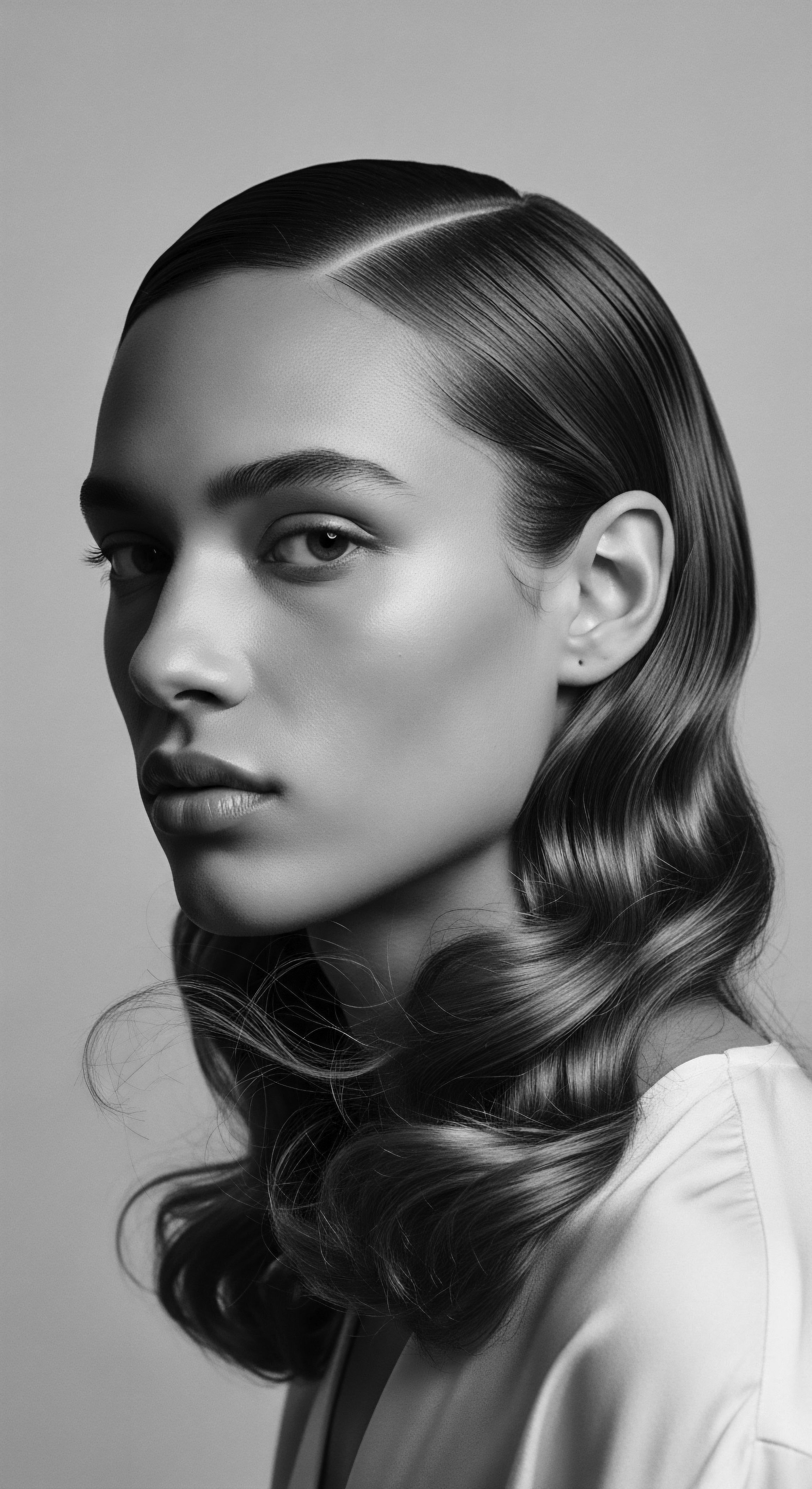
Reflection
The journey to illuminate and protect ancestral hair practices within contemporary statutes is a testament to the enduring power of cultural heritage. It is a dialogue between the echoes from the source—the elemental biology and ancient wisdom of textured hair—and the unbound helix of future possibilities. The CROWN Act, in its legislative reach, has begun to mend the long-standing fracture between the inherent beauty of Black and mixed-race hair and the often-narrow confines of societal acceptance. It stands as a profound recognition ❉ that what grows from our scalp is more than protein and pigment; it is a profound extension of self, community, and ancestral lineage.
This ongoing shift in legal landscape underscores a deeper cultural reckoning. It compels us to see hair not as a superficial adornment, but as a living, breathing archive of history, tradition, and personal narrative. The gentle wisdom of traditional care rituals, the purposeful artistry of protective styles, and the sheer resilience embedded in every curl and coil are now, more than ever, being seen for their intrinsic worth.
This movement affirms that to honor textured hair heritage is to honor the fullness of human experience, ensuring that no one is made to feel less for embodying the very fibers of their ancestral story. The path ahead invites us to continue listening to these soulful strands, allowing their wisdom to guide us toward a world of genuine respect and boundless self-acceptance.

References
- Kreamer, Christine Mullen. (2017). African Hairstyles ❉ Styles of Power and Identity. Smithsonian Institution Press.
- Michigan State University & Duke University. (2020). The Natural Hair Bias in Job Recruitment.
- National Institutes of Health. (2022). Use of hair straightening products and incident uterine cancer. Journal of the National Cancer Institute.
- New York City Commission on Human Rights. (2019). Legal Enforcement Guidance on Race Discrimination on the Basis of Hair.
- The CROWN Coalition & Dove. (2019). CROWN Research Study.
